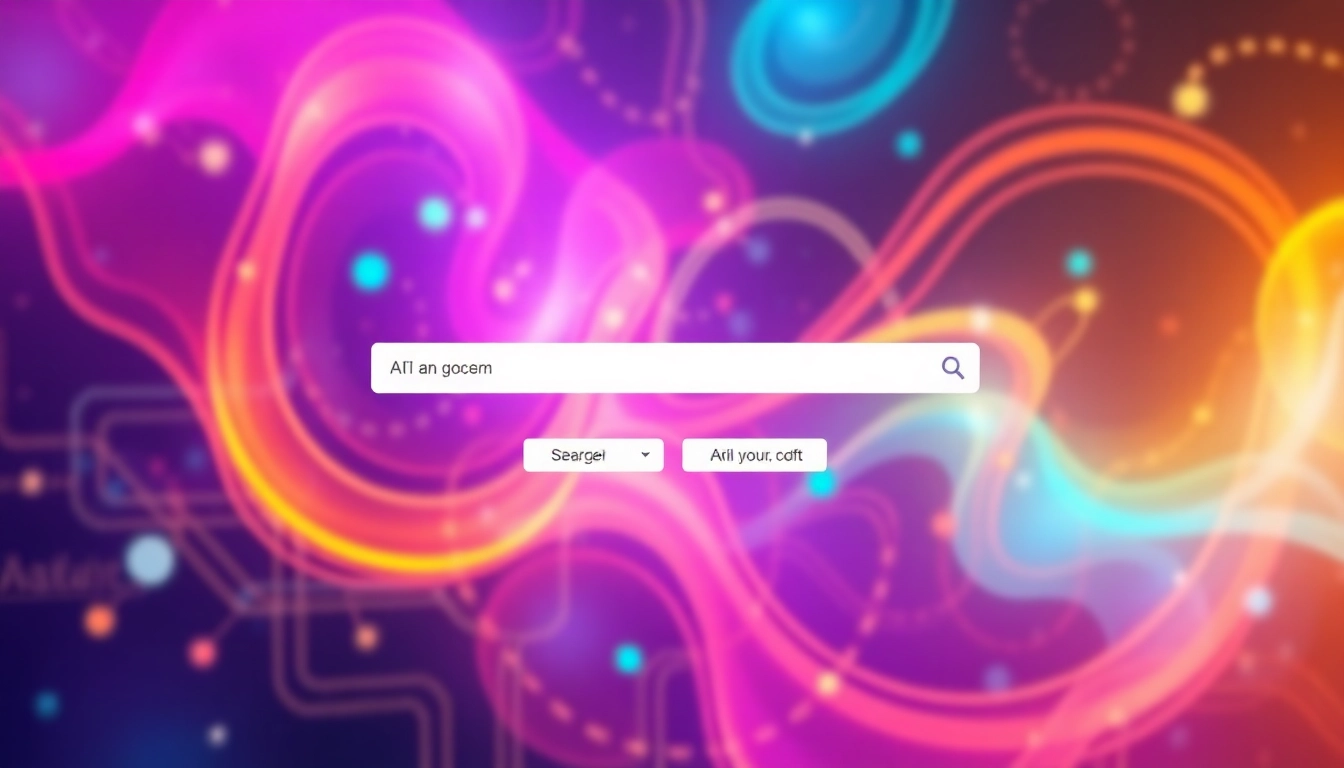Understanding the AI Checker
In an increasingly digitized world, the use of artificial intelligence (AI) tools for content creation has surged. As a result, the need for reliable methods to evaluate this content has become paramount. Enter the ai checker: a sophisticated solution designed to assess whether text has been generated by AI or by a human. This article explores the intricacies of AI checkers, their benefits, key features, how they function, and their evolving role in maintaining content authenticity.
What is an AI Checker?
An AI checker is a tool or software application used to determine the origin of a piece of text. It analyzes written content to identify whether it was created by humans or generated by AI systems such as ChatGPT, GPT-4, or other machine learning models. These tools employ various algorithms that examine grammatical structure, word choice frequency, and other language patterns characteristic of AI-generated content.
How AI Checkers Work
The functioning of AI checkers revolves around advanced algorithms and machine learning models. Here’s a deeper look into their operation:
- Text Analysis: AI checkers analyze text input by breaking it down into its components—syntax, structure, and word frequency. They identify patterns that deviate from typical human writing.
- Data Comparison: Many AI checkers utilize large datasets that contain examples of AI-generated and human-written content. By comparing new text against these datasets, these tools can predict its origin.
- Machine Learning: Some AI detectors are built on machine learning frameworks that continuously improve their detection capabilities. The more data they process, the more accurate their predictions become.
Benefits of Using an AI Checker
The incorporation of AI checkers offers a host of benefits:
- Content Authenticity: AI checkers help validate the originality of content, ensuring it is either human-created or appropriately attributed.
- Quality Control: Organizations can maintain high content standards, reducing the risk of plagiarism and enhancing the integrity of their material.
- Enhanced Credibility: For educational institutions, authors, and businesses, using an AI checker can enhance credibility and trust among audiences.
- Time Efficiency: AI detectors can quickly provide results, saving time when evaluating large volumes of text.
Key Features of Effective AI Checkers
Choosing an effective AI checker depends on several critical features:
Detection Accuracy
The foremost characteristic of any AI checker is its detection accuracy. This is determined by the tool’s ability to distinguish between human and AI-generated content accurately. Advanced algorithms that employ deep learning are preferable, as they can recognize subtle differences in writing style. Tools boasting over 90% accuracy in detecting AI content in various formats are generally deemed reliable.
Ease of Use
An effective AI checker should be user-friendly, with an intuitive interface that allows users to effortlessly upload content or copy and paste text for analysis. The tool should provide clear instructions, and results should be displayed in an understandable format, making it accessible not just to tech-savvy users but also to the general public.
Integration Capabilities
Several AI checkers come equipped with integration capabilities, allowing them to work with popular content creation tools such as WordPress, Google Docs, and others. Such features enable writers and editors to check their work seamlessly, improving workflow without the need to switch between multiple applications.
Comparing Top AI Checkers in the Market
As the market for AI content detection grows, it’s essential to compare some of the leading contenders:
Leading AI Checkers Reviewed
Several AI checkers have emerged as leaders in the field. Notable examples include:
- ZeroGPT: Promises reliable detection rates through a multi-stage analysis model.
- QuillBot: A versatile platform that provides AI detection for multiple writing formats with user-friendly engagement.
- Grammarly: While primarily a grammar checker, its AI detection tool offers impressive results, particularly appealing to everyday users.
- GPTZero: Gained significant media attention for its high accuracy and user-friendly interface.
- Copyleaks: Known for its multilingual capabilities and integration into various platforms.
Pricing Models Explained
Pricing varies across different AI checkers, which may offer free basic versions with premium features available through subscription models. Here’s a breakdown:
- Freemium Models: Many tools provide basic detection services for free but require payment for advanced features.
- Subscription Plans: These often unlock additional features such as batch processing, extensive analysis, and priority support, typically ranging from $10 to $100 a month depending on the provider.
- Pay-Per-Use Options: Ideal for those who only occasionally need AI detection technology, allowing users to pay for individual checks as needed.
User Experiences and Ratings
User reviews provide insight into practical experiences with AI checkers. Generally, users appreciate the accuracy and speed of detection but may encounter occasional false positives or negatives. The most highly-rated tools tend to be those that balance accuracy with user experience, integrating well with existing workflows.
Implementing AI Checkers in Content Strategies
To maximize the value of AI checkers, organizations should integrate these tools into their content strategies. Here are some effective practices:
Integration with Content Creation Tools
AI checkers should be viewed as intrinsic components of content creation workflows. For instance, integrating a reliable AI detection tool with existing text editors can streamline the process. This allows real-time analysis as authors write, mitigating the risk of accidentally introducing AI-generated sections into human-authored content.
Best Practices for Effective Use
To leverage AI checkers effectively, consider the following recommendations:
- Regular Training: Teams should be trained regularly on how to use these tools effectively, understanding both their benefits and limitations.
- Dual Analysis: Use multiple AI checkers in conjunction for more accurate results, especially for critical or sensitive content.
- Feedback Loops: Encourage writers to review feedback given by AI checkers and adapt their writing accordingly, fostering an understanding of the nuances between human and AI-generated content.
Measuring Performance and Improvement
Metrics should be established to evaluate the effectiveness of AI checkers in content creation processes. Key performance indicators (KPIs) may include:
- Reduction in Plagiarism Incidents: A decrease in instances of content flagged for plagiarism can indicate that AI checkers are efficiently working.
- Engagement Metrics: Analyzing user engagement, such as time spent on a page or feedback received, can provide insight into content quality.
- Writer Satisfaction: Surveys targeting content creators can gather qualitative feedback on the perceived utility and effectiveness of AI detection tools.
Future of AI Checkers in Content Authenticity
As AI technology continues to evolve, the demand for reliable AI detection tools will only increase. Here’s how the landscape may change:
Trends in AI Detection Technology
Future developments in AI detection will likely focus on enhancing accuracy through more sophisticated algorithms and larger training datasets. There’s also a potential shift towards real-time detection, where AI checkers operate seamlessly within collaborative writing environments, highlighting detected sections instantly for review before final publication.
Ethical Considerations in AI Content
As AI-generated content becomes more prevalent, ethical considerations surrounding its use will grow. Key issues include:
- Transparency: Organizations must be transparent about the use of AI in their content creation processes to maintain trust.
- Accountability: There’s a need for clear accountability in cases where AI misuse occurs, which may necessitate stricter guidelines and ethical standards.
- Bias and Equity: Care must be taken to ensure that AI technologies do not amplify existing biases found in training data.
Preparing for Changes in AI Detection Landscapes
Staying ahead of advancements in AI detection requires organizations to be proactive. Good practices include regularly upgrading their tools, investing in continuous learning about AI technology, and engaging in community discussions regarding emerging trends and ethical issues. Understanding that the AI checker landscape will continue to evolve will help organizations adapt more swiftly, maintaining the integrity of their content and building trust with their audiences.



